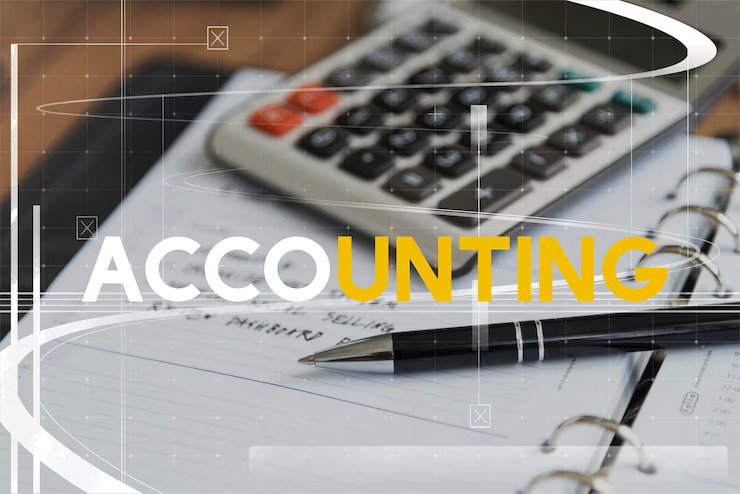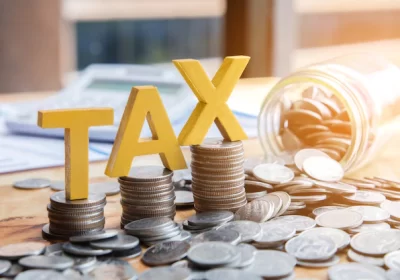6 Tips For Lease Accounting Compliance In 2023
Organizations have struggled for years with the intricate and multidimensional problem of lease accounting compliance.
This activity is challenging due to the numerous accounting practices and processes, constantly evolving legislation and other rules. If you want to be sure that your company maintains compliance with the most recent lease accounting regulations, you must pay close attention to the suggestions below. These pointers will assist you in remaining current and maintaining accounting procedures that adhere to the most recent regulations.
Tip 1: Start Early
The key to lease accounting compliance in 2023 is to start early. The process must begin far before the deadline to ensure everything is in order and complies with the new rules.
Starting early has several benefits, one of which is that it gives organizations plenty of time to gather and arrange all the essential data. It covers important information, including the length of the lease, the monthly rent, renewal possibilities, and more. Organizations may make better leasing decisions and lower their risk of compliance mistakes by having all of this information in one convenient location.
Starting early enables businesses to analyze their accounting and lease agreements properly. It entails evaluating the current accounting practices to find potential problems or compliance gaps. Organizations have ample opportunity to address any issues if they are found to avoid sanctions or fines.
Tip 2: Stay Up-To-Date With Regulations
Understanding the legislation and how it affects your organization’s accounting practices is necessary to stay current with the most recent regulations. Ensuring your organization complies with the rules also entails routinely evaluating them. By remaining informed, organizations can prevent any penalties or fines brought on by non-compliance.
Using lease accounting software is one approach to remain current with the laws. For example, GASB 87 software from EZLease assists businesses in adhering to the new rules. This software can help automate and streamline the lease accounting process, minimize mistakes, and ensure that your company complies with the new rules.
Organizations can manage leases effectively thanks to the user-friendly interface of GASB 87 software. Its features include automatic lease categorization, amortization tables for lease payments, and financial statement disclosures. Users have easy access to the most recent data. The software is regularly updated to conform to the most current requirements.
Tip 3: Use Technology
Lease accounting software gives businesses a centralized location to handle all their leases. These systems frequently provide functions like automatic lease categorization, financial statement disclosures, amortization schedules, and lease monitoring. Organizations may adopt lease accounting software to ensure their accounting procedures comply with the most recent standards.
The ability to keep track of critical lease-related dates and deadlines is one of the software’s main advantages for businesses. It covers lease renewals, expirations, and other significant dates that might affect an organization’s finances. Organizations may prevent fines for non-compliance and missing crucial deadlines by keeping track of these dates and deadlines.
Additionally, lease accounting software may aid in producing precise statistics that can be utilized to manage a company’s lease portfolio and pinpoint areas needing development. These reports can shed light on obligations, leasing expenditures, and other crucial financial information. Organizations may use these reports to analyze their leases and find areas where money can be saved.
Tip 4: Maintain Accurate Data
Organizations can prevent disparities or mistakes resulting in compliance problems by maintaining correct data. A mechanism for gathering and validating information must be in place to guarantee that lease-related data is accurate and current. It should be reviewed and updated frequently to ensure the accuracy of the data used in this procedure.
Organizations can also employ lease accounting software solutions to keep correct data. These technologies can guarantee data consistency across all leases by automating the data-collecting procedure and reducing human error. Organizations may save time and streamline the data-collecting process by employing these technologies.
Tip 5: Engage With Stakeholders
Several parties are involved in lease accounting compliance, including the accounting, legal, procurement, and facilities management departments. It is crucial to connect with these stakeholders early on and frequently to ensure everyone is on the same page and working towards the same objectives. For successful stakeholder participation, it is crucial to establish clear communication routes. Key stakeholders must be identified, regular communication must be practiced, and frequent reports on the status of lease accounting compliance must be given.
Another essential part of stakeholder involvement is setting expectations. Everyone must be aware of their duties and responsibilities regarding lease accounting compliance. It entails laying down specific guidelines for stakeholder participation and offering advice on the lease accounting compliance procedure.
Tip 6: Develop A Robust Audit Trail
For lease accounting compliance, a strong audit trail is crucial. Organizations must ensure that all lease-related paperwork is properly stored, accessible, and searchable in the event of an audit. It covers all lease agreements, modifications, bills, and other pertinent paperwork.
A centralized repository for leasing paperwork must be established to create a rigorous audit trail. All pertinent lease documents should be included in this repository, which should be open to all interested parties and follow a standardized format. Organizations may ensure that all crucial lease information is readily available and uniformly formatted by standardizing lease documents.
Maintaining proper records of lease-related transactions is also crucial. It covers rent obligations, lease amendments, and other relevant financial activities. Organizations may show compliance and avoid any possible difficulties by keeping correct records.
Conclusion
It is noteworthy that following lease accounting regulations can be a difficult process. Organizations must ensure that their accounting procedures adhere to the most recent norms and laws to prevent any penalties or fines. Early planning is essential since it enables businesses to gather and organize relevant data and avoid any last-minute surprises. They must be well-prepared, nevertheless, by heeding these six tips for lease accounting compliance.
Read Also:





